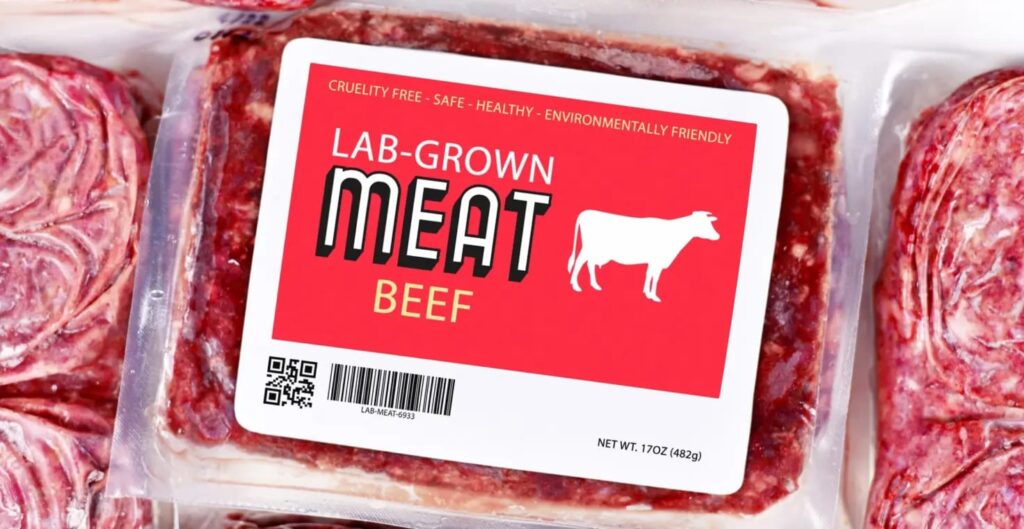
By—Christina Sandra Singh
Lab-grown meat is meat that is not produced conventionally by slaughtering of animals, but by tissue culture engineering techniques by taking samples from live animals and culturing them to develop it into meat. Presently, this trend is very new and has yet not been introduced into markets by most countries. However, there are more than 50 start-ups that are involved in the research, analysis, and development of cultured meat. Meanwhile, most consumers might be unaware or wary about this new version of meat and share concerns about food safety related to this type of meat and meat products.
To begin with, consumers might be doubtful whether lab-grown meat is as safe to consume as meat produced by butchering animals. They might not be sure if this procedure of developing cultured meat is safe or not. Even parents might turn insecure to feed their children this type of meat as they do not want to jeopardize the health and safety of these juveniles.
Some regulatory and safety concerns related to cell-cultivated meat are as follows—
First and foremost, consumers might be wary about the safety of various components used for the production of lab-grown meat. All the components and raw ingredients should be approved A food grade. These components may include the raw ingredients, techniques, apparatus used, bioreactors, sources of cells from live animals, and other components. To further explain, culture media that is required to grow this kind of meat contains glucose, pyruvate, amino acids, minerals, vitamins, inorganic salts, and other nutrients that are required for most cells to grow, however, they may or may not be food grade. This has to be considered and analyzed for the proper safety of consumers and to clear their doubts.
Secondly, the question might be raised whether there is any presence of drugs or chemicals in the final lab-grown meat and meat products. As cell-cultivated meat is formed by complex tissue engineering techniques, there might be doubt in those consuming it about the presence of any type of chemical hazardous to health. This can cause serious anxiety in consumers and convert their decision of trying lab-grown meat into a negative.
Another safety consideration is the genetic alterations that come with the expansion and manipulation of cells to form lab-grown meat. This itself can cause rearrangement and alterations in meat DNA, and unintentional consequences like the formation of cancerous cells. This can be injurious to the consumer’s health.
Furthermore, continuous cell expansion with tissue engineering can cause introduction of adventitious agents like bacterial, fungi, viruses, that can enter from cell culture media, environments or infected cells. This meat containing such adventitious agents can induce toxigenic or immunogenic response in human body when consumed. Therefore, consumers might turn against this new trend.
Moreover, scaffolds, which are used to emulate the microenvironment in which the cultivate meat cells normally grow, should be safe to consume, if remained in the final meat product, and should have least, acceptable amount of residues in it. These scaffolds include polysaccharides, proteins, recombinant proteins, and other components. This safety challenge should be overcome to give way to a safer food product.
Conclusion-
Cell-cultivated meat is a new type of trend in the meat industry and market. It is being produced with the advances of biotechnology field and cell culture techniques. However, few above mentioned safety and regulatory challenges must be overcome to expand the consumer area and win them. Cultivated meat manufacturers must critically evaluate, and check these points before releasing their products. cultivated meat commercialization has many such safety obstacles that each company will need to address to satisfy the consumers.
Reference –
https://ift.onlinelibrary.wiley.com/doi/full/10.1111/1541-4337.12853
Image source:https://recipes.timesofindia.com/https://recipes.timesofindia.com/